When to Put on Winter Tires in Alberta, Canada

Winter driving conditions in Alberta, Canada can be challenging, with snow, ice, and freezing temperatures. One crucial aspect of preparing for the winter season is knowing when to switch to winter tires. In this article, we will provide you with valuable information on when to put on winter tires in Alberta, Canada.
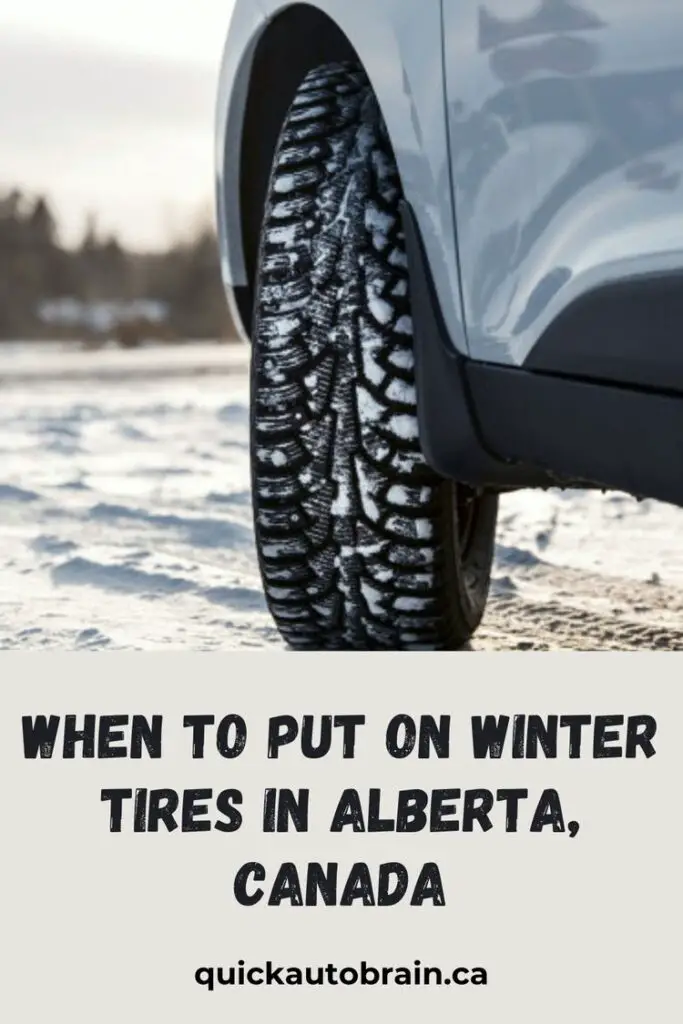
Winter tires are specifically designed to provide better traction, handling, and braking performance in cold weather, icy, and snowy conditions. They are made with a special rubber compound that remains flexible in low temperatures, allowing them to grip the road better than all-season or summer tires.
Installing winter tires before the onset of winter weather is crucial, as they offer superior performance and safety compared to other types of tires in cold conditions. The enhanced grip and traction provided by winter tires can significantly reduce the risk of accidents and improve overall vehicle control.
When to Put on Winter Tires in Alberta, Canada
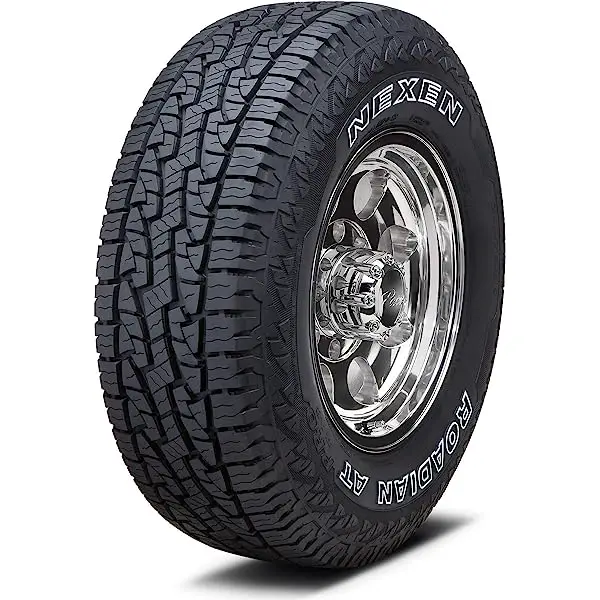
It’s important to note that winter tires are not just suitable for snowy or icy roads; they also offer advantages on cold, dry pavement. Even in the absence of snow, winter tires can still deliver better grip and handling than other tire types at low temperatures.
When installing winter tires, it’s recommended to use a full set of four rather than just two. This ensures balanced handling and consistent performance for all four wheels. Additionally, check the tread depth and condition of your winter tires regularly to ensure they are in good working condition throughout the winter season.
Understanding Winter Tire Technology
Understanding the technology behind winter tires can help drivers appreciate their benefits and make informed decisions regarding their use. Here are some key features and technologies commonly found in winter tires:
1. Rubber Compounds
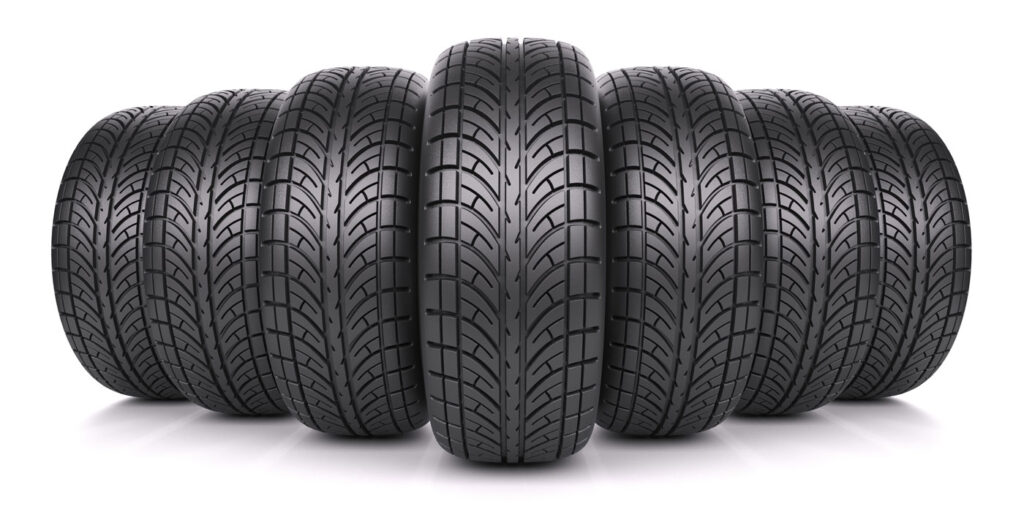
Winter tires use special rubber compounds that remain flexible and pliable in cold temperatures. This flexibility allows the tire to conform to the road surface, providing better traction. The rubber compounds in winter tires are designed to stay soft even in freezing temperatures, unlike all-season or summer tires that can harden and lose grip in cold conditions.
2. Tread Patterns
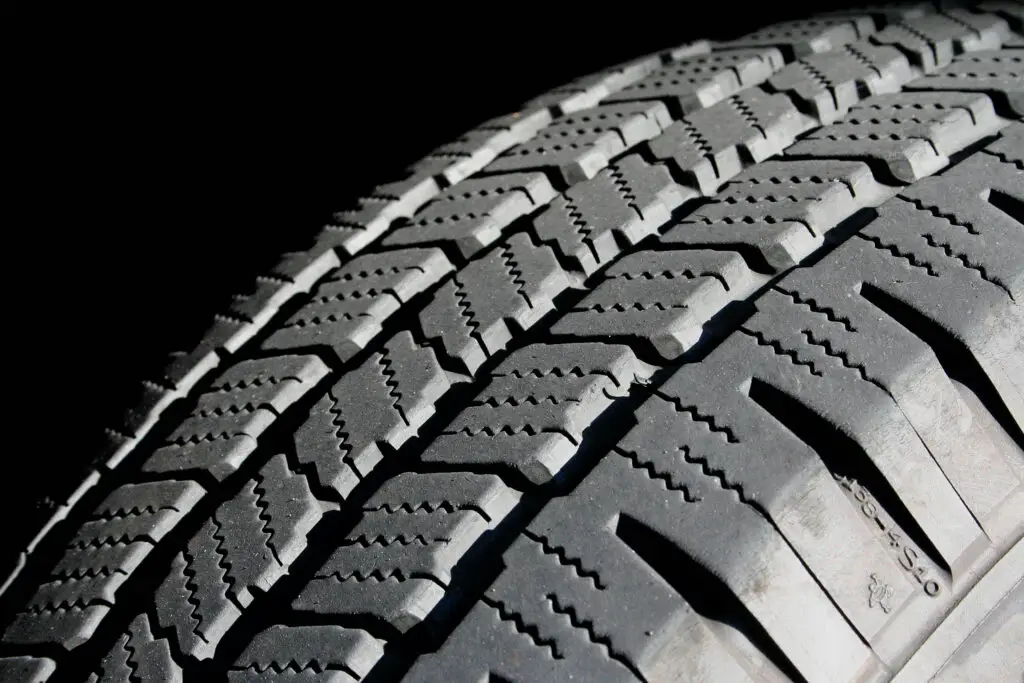
The tread patterns of winter tires are specifically designed to optimize traction on snow and ice. They typically feature more grooves, sipes (small slits), and biting edges compared to all-season or summer tires. These elements help channel away slush, snow, and water, reducing the risk of hydroplaning and improving grip.
Read Also: Are Winter Tires Worth the Money?
3. Sipes
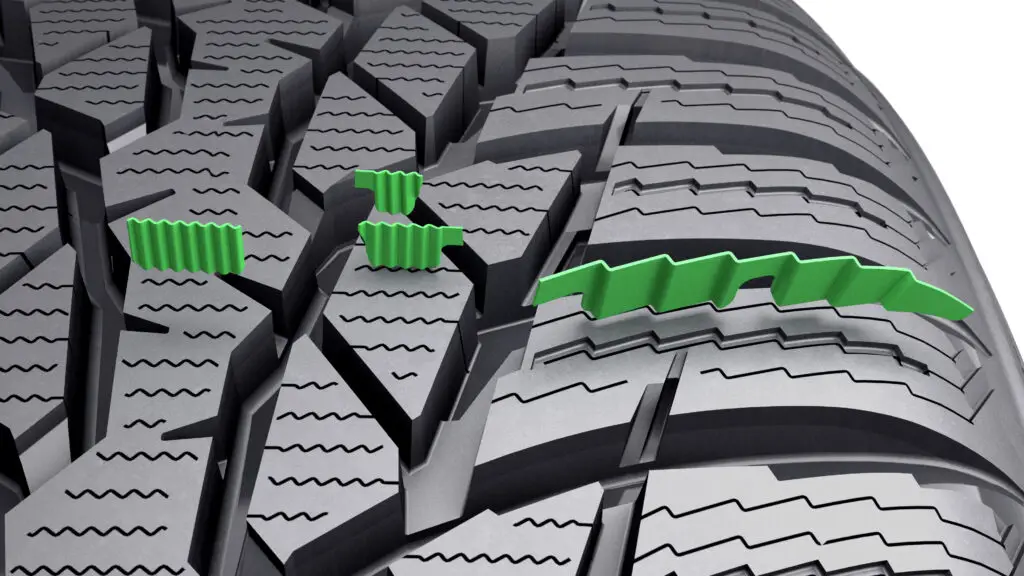
Sipes are tiny cuts in the tread blocks of winter tires. They provide additional biting edges that help improve traction on slippery surfaces. When the tire rolls over snow or ice, the sipes open up, allowing the tread to grip the surface more effectively.
4. Studs
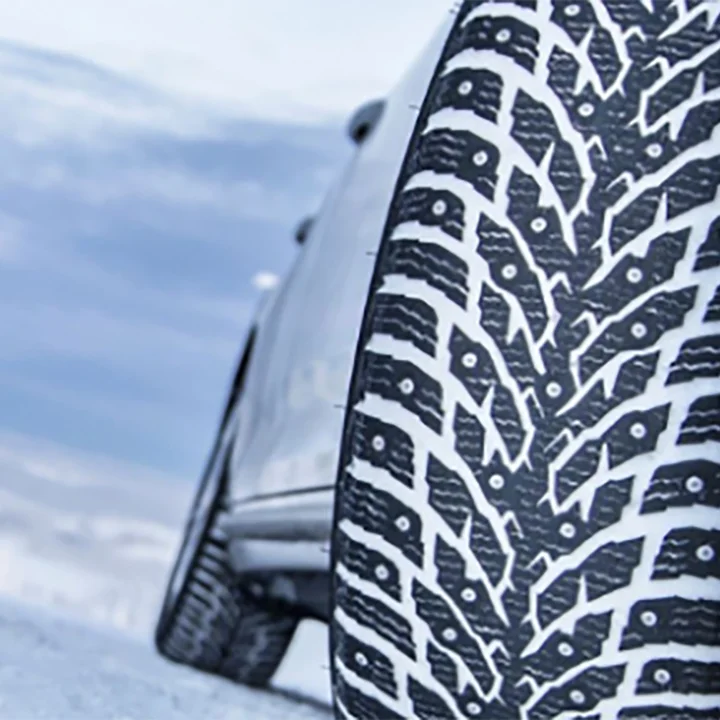
Some winter tires are designed to accommodate metal studs. These studs are small metal pins inserted into the tread blocks, further enhancing traction on icy roads. However, it’s important to note that studded tires may be subject to specific regulations and restrictions in certain areas, so it’s essential to check local laws before using them.
By combining these features and technologies, winter tires are able to provide improved traction, handling, and braking performance in cold weather, snow, and ice. They help enhance vehicle control and reduce the risk of accidents, making them a crucial component for safe winter driving.
Temperature Matters
As temperatures decrease, the rubber compounds in all-season or summer tires tend to harden, resulting in reduced flexibility and grip. Winter tires, on the other hand, are specifically engineered with rubber compounds that remain pliable and maintain traction even in cold temperatures.
By switching to winter tires before the temperature drops consistently below 7°C (45°F), you ensure that your vehicle is equipped with tires optimized for colder conditions, enhancing safety and performance.
It’s important to note that even if there is no snow on the ground, the colder temperatures alone warrant the use of winter tires. Winter tires provide benefits beyond just snowy or icy roads. They offer superior grip and handling on cold, dry pavement, making them valuable in a wide range of winter driving conditions.
You can ensure that you have the appropriate tires for the conditions you are likely to encounter during the winter season in Alberta, Canada. Regularly monitoring the weather and installing winter tires in a timely manner will help maximize your safety and maintain optimal control of your vehicle.
Related Search: When Winter Tires are Required in Each Canadian Province
Changing Weather Patterns
You make an excellent point about the importance of monitoring changing weather patterns. Weather conditions can vary significantly, and early snowfall or sudden temperature drops can occur, necessitating an earlier switch to winter tires in Alberta.

While the guideline of consistently dropping below 7°C (45°F) is a useful general rule, it’s crucial to stay informed about local weather forecasts and road conditions. Paying attention to weather updates and observing any signs of winter weather approaching can help you make an informed decision regarding the installation of winter tires.
If you notice a significant drop in temperatures, the presence of snow or ice on the roads, or if local authorities issue advisories regarding winter driving conditions, it’s advisable to switch to winter tires earlier than anticipated. Being proactive and adapting to changing weather patterns can help ensure your safety and maintain optimal traction and control on the road.
Additionally, it’s important to remember that winter tires are not meant to be used year-round. Once the winter season subsides and temperatures consistently rise above 7°C (45°F), it’s recommended to switch back to all-season or summer tires to maintain their effectiveness and extend the lifespan of your winter tires.
In conclusion, putting on winter tires at the appropriate time is essential for safe and reliable winter driving in Alberta, Canada. By considering factors such as the average daily temperature consistently dropping below 7°C (45°F) and staying informed about changing weather patterns, you can make an informed decision on when to switch to winter tires. Understanding the technology behind winter tires and their benefits in cold weather conditions will help enhance traction and control on snowy and icy roads. By prioritizing safety and proper tire usage, you can enjoy the winter season in Alberta with peace of mind. Stay safe on the roads and have a great winter!
Frequently Asked Questions
Can I use winter tires year-round in Alberta?
While it is technically possible to use winter tires year-round in Alberta, it is not recommended. Winter tires are specifically designed for cold weather, snow, and ice, and their performance on dry or warm pavement may be compromised. Additionally, the softer rubber compound used in winter tires wears down more quickly on warmer roads. It is advisable to switch back to all-season or summer tires once winter conditions have subsided.
Do I need to install winter tires on all four wheels?
Yes, it is highly recommended to install winter tires on all four wheels of your vehicle. Using a full set of winter tires provides balanced traction and control, ensuring consistent performance and handling. Mixing winter tires with all-season or summer tires can lead to imbalanced handling characteristics, potentially compromising safety.
Can I use all-weather tires instead of winter tires?
All-weather tires are designed to provide good performance in both summer and winter conditions. They are a hybrid between all-season and winter tires, offering better winter traction than all-season tires but not as much as dedicated winter tires. If you live in an area with milder winter conditions and occasional snowfall, all-weather tires might be a suitable option. However, for areas with more severe winters and consistent snow or ice, dedicated winter tires are recommended for optimal performance and safety.
Should I rotate my winter tires?
Yes, it is recommended to rotate your winter tires regularly. Tire rotation helps promote even wear and extends the lifespan of your tires. The recommended rotation pattern may vary depending on your vehicle’s specific configuration and tire wear patterns. Consult your vehicle’s manual or a tire professional for the appropriate rotation intervals and patterns for your specific winter tires.

